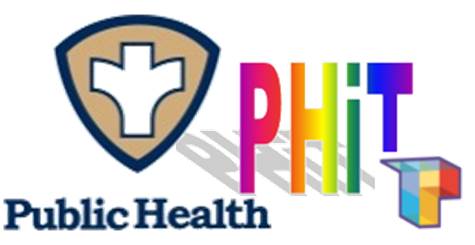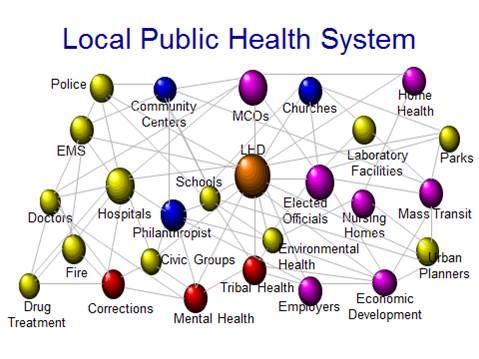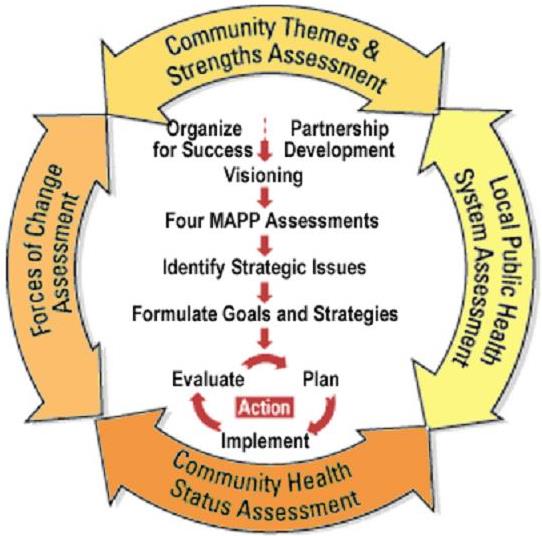- Home
- Membership
- Training & Certification
- Annual Gathering & Events
- Initiatives/Action Teams
- Resource Library
Public Health in ToPPublic Health is the science of population health. It uses the scientific methods to build improvements in the health of groups of people connected by geography or heritage or culture. Science is built upon a process of questioning, testing and observing results. The scientific method is a deliberate process using specific steps:
The Technology of Participation (ToP) group facilitation processes uses a social science approach to do social and group work for change. Over the last fifty years the ToP methods were created through working directly with thousands of communities and groups in dozens of countries across the world. This social study was deliberately designed to establish methods and processes that would work to produce efficient group methods to help groups make change. This process deliberately identified the question or work to be done, created a process to meet the goal, tested the process in thousands of settings and cultures, analyzed the results making changes in the model and had communicated the models through trainings and certifications of practitioners. As ToP group facilitators we study and create change models; we test the model and observe the impact. We reflect by talking things through. These are deliberate processes for sharing, synthesizing what is done and debriefing about the process and outcomes. For public health professionals the ToP methods seem familiar and comfortable for our work with communities and groups building social change and/or health improvements. For ToP facilitators the work with public health audiences resonates with their passions about making change through committed groups.
For both groups synthesizing and reflection on the process and results builds the shared experience and understanding that groups need to be a team. The reflection on the experience and outcomes builds the shared understanding of the work that was done and identifies the specific impacts of the work. Further, this collaborative reflection builds commitment for implementation of the goals. Author, Jane Schadle is the 2013 PHiT Co-Chair and works as a Health Planner & Policy specialist at the Iowa Department of Public Health. Read more about Public Health in ToP: |


 While the ToP methods are specific facilitative processes they are adaptive to their community or group and in themselves, become the laboratory for ongoing and continuing facilitative designs that allow that communities to succeed. The facilitative leader along with the client, designs the meetings and the event processes to help the group move toward their goals. That facilitator will lead the group very deliberately through the meeting process to achieve the desired outcomes, all the while observing the progress and adapting to adjust and keep on track. With a background experience with groups, a knowledge of methods and processes and an understanding of the group desired outcomes, the facilitator leads as a shepherd leads, to encourage the group directions and work toward their goal.
While the ToP methods are specific facilitative processes they are adaptive to their community or group and in themselves, become the laboratory for ongoing and continuing facilitative designs that allow that communities to succeed. The facilitative leader along with the client, designs the meetings and the event processes to help the group move toward their goals. That facilitator will lead the group very deliberately through the meeting process to achieve the desired outcomes, all the while observing the progress and adapting to adjust and keep on track. With a background experience with groups, a knowledge of methods and processes and an understanding of the group desired outcomes, the facilitator leads as a shepherd leads, to encourage the group directions and work toward their goal.  Public health professionals use ToP methods designed for public health topics and audiences and repeatedly follow the design in different focus groups or community audiences, to build change one neighborhood, community, region or state at a time. Public health designs into the process data collection for measurement of the process and outcome and creates mechanisms for measuring the impact of the work on the population.
Public health professionals use ToP methods designed for public health topics and audiences and repeatedly follow the design in different focus groups or community audiences, to build change one neighborhood, community, region or state at a time. Public health designs into the process data collection for measurement of the process and outcome and creates mechanisms for measuring the impact of the work on the population.